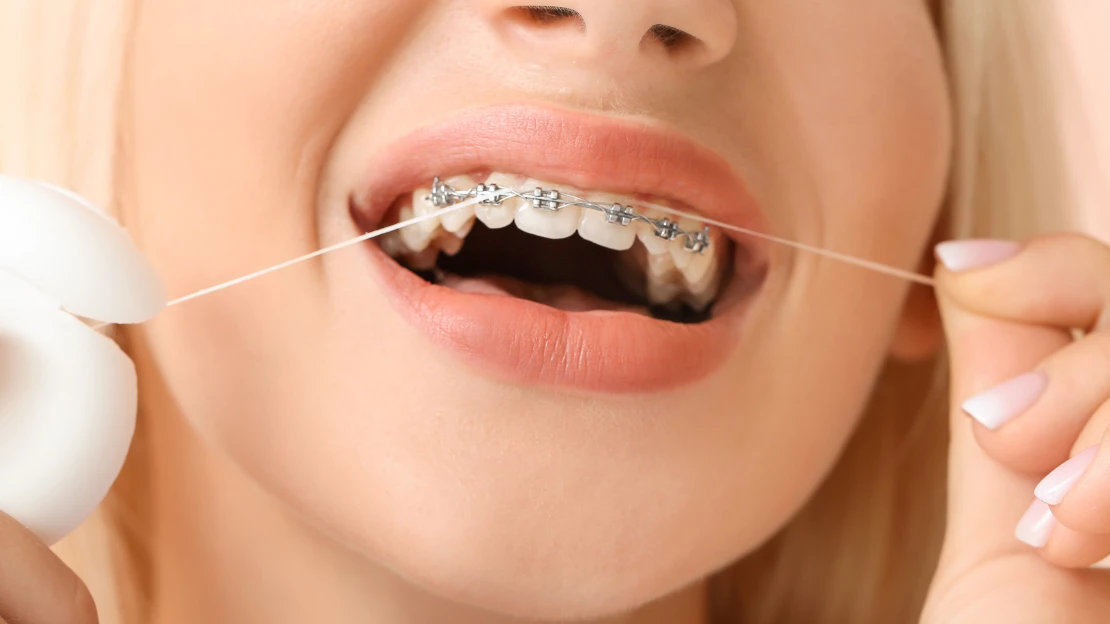Braces have long been used as a solution for misaligned teeth, but did you know that they can also be effective in correcting jaw alignment issues? Jaw misalignment, also known as malocclusion, can cause a range of problems including difficulty chewing, speech difficulties, and even jaw pain. In this article, we will explore the role of braces in correcting jaw alignment issues, including how they work, the different types of braces available, and the benefits of orthodontic treatment.

How do braces work?
Braces work by applying continuous pressure on the teeth and jaws, gradually moving them into the correct position. This pressure stimulates the bones surrounding the teeth to remodel, allowing the teeth and jaws to align properly. Orthodontic treatment typically involves the use of brackets, wires, and bands to apply the necessary pressure.
Types of braces for jaw alignment
There are several types of braces that can be used to correct jaw alignment issues. Here are a few of the most common options:
1. Traditional Braces: These are the most common type of braces and consist of metal brackets that are attached to the teeth. A wire is then threaded through the brackets and periodically adjusted to gradually shift the jaw into proper alignment.
2. Ceramic Braces: These braces work similarly to traditional braces but are made from a tooth-colored ceramic material. This makes them less noticeable than metal braces, making them a popular choice for those seeking a more discreet option.
3. Lingual Braces: Unlike traditional braces, lingual braces are attached to the backside of the teeth, making them virtually invisible when smiling. They are custom-made to fit the individual's teeth and are a suitable option for those concerned about the appearance of braces.
Conclusion
Braces play a crucial role in correcting jaw alignment issues. Whether it's an overbite, underbite, or another type of misalignment, braces can gradually move the teeth and jaws into their proper position, improving overall oral health and function. With different types of braces available, including traditional metal braces, ceramic braces, lingual braces, and Invisalign, individuals have options to choose from based on their preferences and needs.